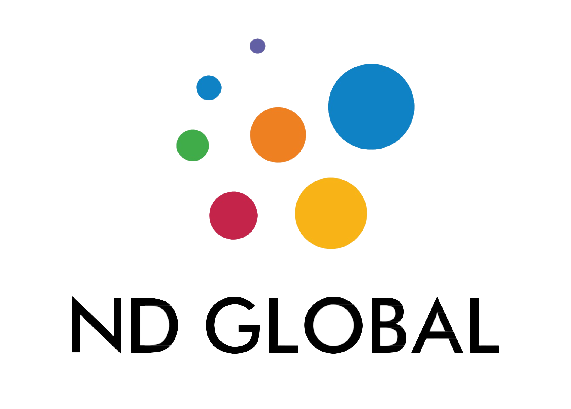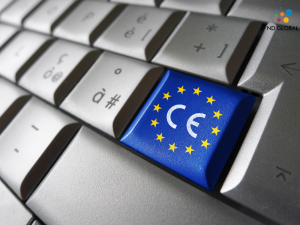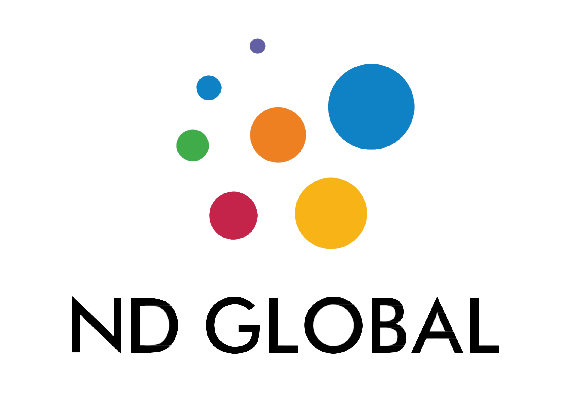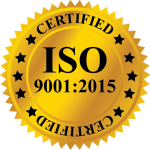Regulatory bodies play a critical role in the medical device industry, ensuring that products entering the market are safe, effective, and of high quality. These agencies, such as the U.S. Food and Drug Administration (FDA), the European Medicines Agency (EMA), and others globally, establish standards and guidelines that manufacturers must follow. This regulatory oversight is essential for protecting public health and fostering innovation within the medical device sector. This article explores the importance of regulatory bodies in medical device registration, highlighting their functions, the benefits they provide, and the challenges they address.
Ensuring Safety and Efficacy
One of the primary roles of regulatory bodies is to ensure that medical devices are safe and effective for their intended use. This involves rigorous pre-market evaluations and post-market surveillance.
# Pre-Market Evaluation
Before a medical device can be marketed, it must undergo a comprehensive evaluation process. This typically includes:
– Clinical Trials: Regulatory bodies require manufacturers to conduct clinical trials to gather evidence of a device’s safety and efficacy. These trials are designed to identify any potential risks and ensure the device performs as intended.
– Technical Documentation: Manufacturers must submit detailed technical documentation, including design specifications, manufacturing processes, and quality control measures. This documentation is scrutinized to ensure compliance with regulatory standards.
– Risk Assessment: A thorough risk assessment is conducted to identify potential hazards associated with the device and to implement measures to mitigate these risks.
# Post-Market Surveillance
Even after a device is approved and enters the market, regulatory bodies continue to monitor its performance. This includes:
– Adverse Event Reporting: Manufacturers are required to report any adverse events or malfunctions associated with their devices. Regulatory bodies analyze these reports to identify patterns and take corrective actions if necessary.
– Periodic Audits: Regular audits of manufacturing facilities ensure ongoing compliance with regulatory standards.
– Market Withdrawals: If a device is found to pose significant risks, regulatory bodies have the authority to mandate its withdrawal from the market.
Protecting Public Health
The ultimate goal of regulatory bodies is to protect public health. By ensuring that medical devices meet stringent safety and efficacy standards, these agencies help prevent harm to patients and healthcare providers.
# Reducing Harmful Incidents
Through rigorous testing and monitoring, regulatory bodies help reduce the incidence of device-related injuries and deaths. For example, the FDA’s adverse event reporting system has been instrumental in identifying and addressing issues with various medical devices, leading to recalls and safety warnings.
# Ensuring Quality
Regulatory bodies establish and enforce quality standards for medical devices. This ensures that devices are manufactured consistently and perform reliably. High-quality medical devices are essential for effective diagnosis, treatment, and patient care.
Fostering Innovation
While regulatory bodies are often seen as gatekeepers, they also play a crucial role in fostering innovation within the medical device industry. By providing a clear regulatory framework, they help manufacturers navigate the complex landscape of medical device development.
# Streamlined Approval Processes
Many regulatory agencies offer streamlined approval processes for innovative devices. For instance, the FDA’s Breakthrough Devices Program provides expedited review for devices that offer significant advantages over existing alternatives. This encourages manufacturers to invest in developing cutting-edge technologies.
# Guidance and Support
Regulatory bodies often provide guidance documents and support to help manufacturers understand and comply with regulatory requirements. This guidance can be invaluable, especially for small and medium-sized enterprises (SMEs) that may lack extensive regulatory expertise.
Building Public Trust
Regulatory oversight is essential for building and maintaining public trust in medical devices. When patients and healthcare providers know that devices have been thoroughly evaluated and approved by reputable regulatory bodies, they are more likely to have confidence in their safety and efficacy.
# Transparent Processes
Regulatory bodies operate with a high degree of transparency. They publish guidelines, approval decisions, and safety alerts, ensuring that stakeholders have access to critical information. This transparency helps build trust in the regulatory process and the devices it oversees.
# Independent Verification
The independent verification provided by regulatory bodies reassures the public that medical devices have been objectively assessed and meet high standards. This is particularly important in an industry where device malfunctions can have serious consequences.
Addressing Global Challenges
In an increasingly globalized world, regulatory bodies face the challenge of harmonizing standards and facilitating international trade in medical devices.
# Harmonization of Standards
Organizations like the International Medical Device Regulators Forum (IMDRF) work to harmonize regulatory standards across different regions. This reduces the regulatory burden on manufacturers and ensures that patients worldwide have access to safe and effective devices.
# Facilitating Trade
Regulatory bodies also play a crucial role in facilitating international trade by recognizing and accepting approvals from other jurisdictions. Mutual recognition agreements (MRAs) help streamline the approval process for devices entering multiple markets.
Challenges and Future Directions
While regulatory bodies are essential for ensuring the safety and efficacy of medical devices, they also face significant challenges. These include keeping pace with rapidly advancing technologies, managing resource constraints, and balancing the need for thorough evaluation with the demand for timely access to new devices.
# Adapting to Technological Advances
The rapid pace of technological innovation in the medical device industry presents a constant challenge for regulatory bodies. Emerging technologies such as artificial intelligence (AI), machine learning, and 3D printing require new regulatory approaches and frameworks.
# Resource Constraints
Regulatory agencies often operate with limited resources, which can impact their ability to conduct timely evaluations and monitor post-market performance. Ensuring adequate funding and staffing is crucial for maintaining effective oversight.
# Balancing Rigorous Evaluation with Timely Access
Regulatory bodies must balance the need for rigorous evaluation with the demand for timely access to new medical devices. Streamlined approval processes and expedited pathways for innovative devices are essential for achieving this balance.
Conclusion
Regulatory bodies play a vital role in the medical device industry by ensuring the safety, efficacy, and quality of products entering the market. Through rigorous pre-market evaluations, ongoing post-market surveillance, and the establishment of clear regulatory frameworks, these agencies protect public health and foster innovation. Their efforts build public trust in medical devices and address global challenges by harmonizing standards and facilitating international trade. Despite the challenges they face, regulatory bodies remain indispensable in the ever-evolving landscape of medical device regulation.










